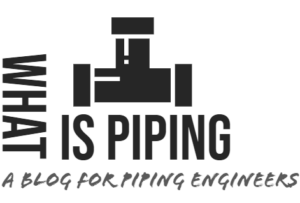Gas Turbines: Definition, Applications, Working, Components, Types, Design, Advantages
A gas turbine is a rotary machine in which the chemical energy of the fuel is converted into mechanical energy or kinetic energy in terms of shaft power. In other words, it is a mechanical power or...
